(These notes refer to Jean-Yves' 2021 explanatory videos; for more details and studies, visit maisonjacynthe.ca, Research & Scientific Studies Section)
Supplements & Food Side
Hyaluronic acid
It is present everywhere the body needs lubrication: the dermis and skin, joints. It is used in the cosmetic industry both topically and by injection. Topically, it helps smooth and "fill fine lines," but its effect is short-lived. In injection, the plastic surgeon uses it to fill tissues or hollows, such as for the lips. Its action is longer-lasting, but since the body recognizes it, it eventually degrades it. In medicine, a hyaluronic acid salt, sodium hyaluronate or Synvisk™, has been developed, which will be injected into the joints to provide important lubrication in cases of osteoarthritis or injuries. Its effect, too, will be relatively short-lived because the body eventually eliminates it. However, it is much less damaging in the long term than cortisone injections.
Orally, HA will be absorbed and gently made its way to where the body can use it: the skin and joints. The action of HA will be slower but longer lasting than the first 3 options. There is little research on HA alone but there is more on the combination of hyaluronic acid + collagen.
Hyaluronic acid on the skin or internally, is the effect different?
Hyaluronic acid on the skin is interesting but has a transient effect, that is to say that it will act on the epidermal layer, it works but it does not last, it is a glue, it is more of a cosmetic than a therapeutic agent. When we ingest it, there is a change in the tissue of the deeper dermis and we find ourselves in a different place. Collagen creams do not work; collagen has molecules too large to have an impact on the skin.
Adaptogen
By definition, a substance that will help with non-specific adaptation to stress. So, neither a sedative nor a stimulant, it's a bit of both at the same time. Something that will therefore help "normalize." This is also why Asian ginseng (Panax Ginseng), for example, is of no use to high-level athletes but will do wonders for someone who is starting to exercise and needs the energy to get up from their chair.
Preservatives
Two roles: antioxidant that prevents aging or browning of food or cosmetics and antibacterial that prevents the growth of bacteria, yeasts or molds. What does an antibacterial do in food? What does it do in the microbiota? Same as an antibiotic… On the other hand, some natural preservatives, such as rosemary extract, will not have the harmful effects of synthetic molecules.
Algae
( Ascophyllum nodosum / Fucus vesiculosus ) super interesting in combination. Extract developed by Quebec researchers, they help reduce the absorption of sugar and carbohydrates and reduce hyperglycemia especially after meals (the sugar spike after meals, not so much the one on an empty stomach). We will say that the combination lowers the glycemic index of meals.
Fermented food
Several food traditions have developed fermentations, such as sauerkraut and kimchi. These processes were initially a way to better preserve food. It was discovered that fermentation "predigests" food and makes it more easily digestible. Consider tempeh made from soybeans.
Why don't some people digest fermented foods well? Some fermentations create a more acidic and beneficial environment, but in some people, the bacteria continue to ferment, which can cause bloating. It depends on the type of fermentation, the individual, and their microbiota. You can develop a tolerance to fermentation by consuming small amounts at first. For a healthy microbiota, focus on dietary fiber, protein, good fats, food colors (vegetables, teas, etc.), and... fermentation.
Optimal nutrition
Optimal nutrition is fundamentally individual. What's perfect for one person may not be for another. While real, whole foods are better than derivatives and processed products, in the current context, each with their own challenges, why not supplement with quality products when they're available? Besides, you should eat for your own health first.
Vegan Diet - Keto
We must avoid extremes. It's better to seek out the good in everything and maintain our critical thinking and intelligence. There's always a way to coexist. Here, Keto doesn't mean the bacon diet. Rather, we revalue good fats as nutrients and sources of energy.
Can we do Keto-Veggie?
Yes! The principle of revaluing fats in the diet can very well be done vegan. We always seek to modulate our diet to improve our health. Rather than thinking of favoring foods containing good fats, a bit like avocado or flax seeds. Be true to your values, be consistent with your physiology. A diet adapted to each person – no dogmatic approach that leaves no room for compromise. A way to achieve the best of both worlds. Eating vegan is much more difficult to access nutrients. You have to have the techniques, because eating vegan well is difficult. You have to know what to do. Nutritional deficiencies. A challenge because of mineral thieves and various anti-nutrients. Rest assured, it can be learned.
Aloe
Aloe vera gel is primarily a healing and refreshing agent. It works as a restorative, helping with any local inflammation. From sunburn, where its use will reduce UV-burned skin cells, to digestive tract irritation.
Astaxanthin
A molecule that comes from algae; it is responsible for the orange coloring of salmon and shrimp and it is an anti-inflammatory, anti-aging antioxidant, fascinating what it does in very small doses. From 2 mg per day, there is a therapeutic effect (for example, for dry eyes) and is also neuroprotective.
Biotin
Vitamin B8, It is necessary for the metabolism of proteins and carbohydrates. It is known to stimulate hair growth.
Cocoa
Cocoa contains molecules that have psychostimulant effects. The best known are caffeine and theobromine. We also find anandamide, a molecule that we naturally produce that is in the endocannabinoid family - we hear the word cannabis in it - it works exactly in this way. Women are more sensitive to this molecule than men for some unknown reason, which is why depressed women will take refuge in chocolate and will have a lifting effect, feel better. The richness in magnesium is not unrelated to this well-being. There is also a derivative of phenylalanine which is a stimulant. All of this makes us feel good.
Other molecules, flavanols, are antioxidants which have the effect of increasing the blood supply to the skin, better nourishing the cells, improving the dermis, and obtaining a more radiant complexion both topically and internally.
Calcium
Calcium has been routinely given to all women over 50. Be aware that there are no studies showing that calcium alone increases bone density. Vitamin D is still required. This is why this "wall-to-wall" recommendation tends to be abandoned.
Ceramides
In the epidermis, between the skin cells, there is a glue that maintains the integrity of the skin. It is composed of cholesterol and glycolipids that allow the skin to be waterproof. With environmental aggressions (wind, chlorine from swimming pools, sun, pollution, aging, poor diet, etc.), ceramides decrease and the skin loses its cohesion. It becomes drier, more permeable and flakes (flaked). We can nourish the skin from the inside with oils like borage oil or omega-3. There are even ceramide supplements (these glycolipids) of plant origin that help rebuild the skin's protection. MILK THISTLE The plant par excellence that works at the liver level. Several studies have validated the use of milk thistle for liver cirrhosis, metabolic syndrome, fatty liver, solvent poisoning, etc. Notably the work of Ludovico Abenavoli, Italy and Nataša Milić of Serbia.1 A plant that supports, regenerates the liver, increases the production of antioxidant factors such as glutathione. This product does not have unpleasant digestive effects like some other plants for the liver.
Chromium
Chromium is a trace mineral (Oligo = small) that is necessary for insulin function. If there is a chromium deficiency, the risks of diabetes, metabolic syndrome, and obesity increase. It is therefore important to ensure you have enough chromium and to know that the primary cause of chromium deficiency is sugar consumption!
Collagen
In our body, collagen is the structural protein. It is found everywhere: the dermis of the skin, tendons and ligaments, connective tissue, etc.
Normally, the body makes its own collagen very well from amino acids from the proteins we eat. But age, wear and tear, stress, poor diet, etc. can reduce the body's ability to repair its collagen. In these cases, taking hydrolyzed collagen may be a solution. Studies show that a 10g dose of hydrolyzed collagen will help with painful joints such as osteoarthritis. It can also, at the same dose, help firm the skin and reduce the signs of aging.
Collagen is good for the skin. It tones the dermis.
Plant collagen, its origin. Basically animal. Collagen can be copied with amino acids and obtain the same profile, which is called plant collagen. This is where you have to be careful because there is a difference between the reality of the product and its origin. Usually, these are fermentations from corn, so they are highly industrially processed. It's not certain that the resulting product will give the same clinical results as real collagen. There's a lot of marketing around it.
In the body, there are different types of collagen 1,2,3,4,5,6, but once it is extracted, it is gelatin, so the large protein that has been extracted (with the broth and a little vinegar or the one that is made in industry), the large collagen threads become globular and this is called gelatin. When we want to talk about collagen as a therapeutic tool, there is one more step where this large chain that has become globular will be broken into small pieces (hydrolyzed).
A protein chain will be hydrolyzed (protein = amino acid sequence), into small pieces called peptides (shorter amino acid chains) and this is hydrolyzed collagen. It becomes more soluble in water, so it dissolves in water and it becomes a solution and this is where it starts to have super interesting research on the same two indications (joints and skin).
It's not a medicine, but a food. Why does it work?
When you increase the amount of certain nutrients called limiting factors, you allow for greater production of the structures that need them in the body. Collagen is rich in certain amino acids (proline, hydroxyproline, glycine, and lysine). By increasing these amino acids, we allow the body to produce more collagen, thus repairing the structures that need it. This is why studies show that taking collagen supplements helps with joints and skin.
Why combine the two (collagen and hyaluronic acid)?
Because their mechanisms are complementary. The result will be more interesting.
Cooking (Mode)
Cooking at high temperatures is known to generate new molecules known as glycotoxins (Maillard reaction which binds a sugar to a protein or if you prefer the browning of meat in the pan).
Sous vide cooking is interesting because it is a cooking method that is not oxidized by air and does not generate glycotoxins. It is a low-temperature cooking method. However, there are some reservations since it is cooking in plastic.
Baking in silicone: for or against? So far, nothing dangerous has been found, but we don't know what the future will tell.
Microwave oven: Useful for heating food only (not for cooking). Especially NEVER in plastic since it releases potentially dangerous molecules like BPA and others. And ideally, do not stand too close when it is in operation!
Turmeric
In its traditional Ayurvedic use, it is a liver tonic. It remains an outstanding antioxidant and a food with useful anti-inflammatory properties.
Water
Water is vital. The thirst reflex is often inadequate and it is very easy to become dehydrated without even realizing it. This dehydration can be seen in the skin which loses its ability to retain water but also in several systems of the body from the cardiovascular to the nervous system. If we do not drink enough water, we can suffer from headaches, dry skin and all sorts of other inconveniences. (See Ceramides) Internal solutions to help dry skin (omega-3, plant ceramides, antioxidants, carotenes, amino acids and beware of stress). 3 glasses of water per day (250 or 500 ml of your choice): 1 upon waking, 1 in the morning and 1 in the afternoon, between meals, this is the minimum.
Echinacea
The first choice against colds and other respiratory infections. Very useful, especially if taken at the first symptoms. Echinacea can reduce the frequency of colds by up to 60% and, more importantly, reduce their complications.
Electrolytes
These are the minerals dissolved in water: sodium (table salt) and potassium, but also magnesium and calcium. The body seeks a balance between electrolytes and water. We lose these minerals in sweat. To maximize hydration, it is helpful to have sufficient electrolytes.
Enzyme
Enzymes are small proteins that, in our bodies, are used to carry out chemical reactions. In the digestive system, enzymes are necessary for digestion: proteases digest proteins; lipases digest lipids, and so on. In our cells, the functions are different, and so are the enzymes. For example, glutathione peroxidase is necessary to protect us from free radicals. Each enzyme has a very specific action and an equally specific site of action.
You can take a digestive enzyme supplement like Vitalcâlin to aid digestion. This food is the byproduct of miso fermentation and provides a collection of enzymes that the yeast will have produced to obtain the nutrients necessary for their growth.
Spices & Herbs
One of the things we can do for our health is eat more spices and herbs. Spices have virtues. Spices are metabolic activators, antioxidant concentrates, anti-inflammatories. We can put them everywhere. For example, cinnamon sensitizes insulin receptors. Herbs also have their role. It's more important to add variety than to increase the quantity of a single one. The more it tastes, the more benefits you get.
Fermentation
Fermentation allows us to break down what is problematic, in a way, opening up the substance to make it easier to digest, because fermentation is a pre-digestion. (See fermented foods)
Fibers
Fiber is a carbohydrate that the body cannot digest. It creates bulk in the digestive system. Limiting its effect to this simple transit would be a serious mistake. It is necessary in many ways. Soluble fiber is fiber that forms a gel in water, such as psyllium, flaxseed, or oats. Hard fibers, such as wheat bran or orange peel, hydrate much less.
Soluble fiber can feed the bacteria in the gut microbiota. These are called prebiotics. They can also help slow sugar absorption and therefore reduce high blood sugar levels after meals. They can do the same for lipids and bile acids and help lower bad cholesterol in the blood. If fiber feeds bacteria, it can ferment. Some people will experience bloating and digestive discomfort. This effect varies from one type of fiber to another and from one person to another. These fibers are classified under the acronym FODMAP (fructose, oligosaccharides, monosaccharides, and polyols). For sensitive individuals, it is important to recognize which fibers cause problems and avoid them.
For example, psyllium is a fiber that helps some people tremendously with transit but causes bloating for others. Acacia fiber is better tolerated but less effective for transit.
Fiber for everyone. How much? It depends on personal tolerance. It's estimated that 25g of fiber is useful for one person. But, again, it depends on your situation.
To begin increasing fiber in your diet, start with non-starchy vegetables that you tolerate (green vegetables, broccoli, etc.). Increase the quantity and variety. They are very important for transit and for feeding the microbiota, but some people who do not consume fiber do not have constipation problems and have well-formed stools. While others who have, for example, irritable bowel syndrome, will increase fiber and will be constipated. It depends on the individual and the type of fiber. So vital for some and not certain for others!
Ginseng
Ginseng increases vital energy, an adaptogenic substance (increases the ability to adapt to stress). Research shows that ginsenosides in ginseng have an impact in helping the liver detoxify alcohol the day after the night before. These adaptogenic and liver-toning effects help reduce the impact of stress, both psychological, environmental, and metabolic.
Glycotoxin
Glycotoxins are formed at high temperatures when a sugar adheres to a protein (caramelization, Maillard reaction, or browning of meat). To reduce or avoid glycotoxins, you can reduce the cooking temperature. Cooking at low temperatures, below the boiling point (100ºC), prevents their formation (steaming, sous vide, or a low-temperature oven and slow cooking). Acidic marinades (lemon/lime, vinegar, or wine, etc.) also largely prevent glycotoxins.
Carbohydrates
Most carbohydrates are not all sweet. For example, starch does not taste sweet. Bread, pasta, potatoes, pastries, anything grainy or starchy, rice, quinoa, wheat, buckwheat, etc. are concentrated sources of carbohydrates. You have to look at the labels; that's where the pitfalls are discovered. To calculate the total net carbohydrates, therefore absorbed, in a food: the amount of carbohydrates minus the amount of fiber indicated.
Fat
Fats, lipids, are necessary for life. Moreover, without fat on the plate, it tastes less good since fats carry flavors to our taste buds. We should have good fats on every plate. Amount of fat per day to consume in our diet: the quantity can depend on our goal and your level of physical activity. We can target around the equivalent of 30 grams of fat per meal (about 2 tablespoons) for the average adult. We must choose the fats that suit us. Beyond the quantity, it is important to make sure we can identify the fats in each of our meals, as is the case for proteins. Bad fats. "Nature does not make bad fats, only industry does." Bad fats are those that appeared during the 20th century: 1- Cottonseed oil (a waste product), corn, soy, grape seeds (they contain omega-6). Reduce omega-6 and increase omega-3. 2- When you heat omega-6, there's a problem. Heat and industrial production processes create a toxic molecule, HNE, a cancer marker. Anything fried or processed in a factory, omega-6, should be reduced and especially not used in your cooking.
Glutamine
Amino acid that has a two-level effect: helps transport energy in the muscles and has a protective effect on the intestinal mucosa.
Hormesis
It is the characteristic of a substance or state, to be beneficial in small doses and to become dangerous in large doses.
Oils
Oils are important for health. Some are beneficial, even essential: olive, coconut, or avocado oils. Others are actually industrial products that are best avoided: corn, soy, sunflower, grapeseed, canola, cottonseed, rice bran. These are omega-6s produced industrially with solvents and heat. They are unfavorable.
Omega-6s are necessary and should be balanced with omega-3s. But remember, even if you eliminate all omega-6-rich oils, there will still be enough in your diet because they're everywhere.
For example, flaxseed oil, known as a source of omega-3, also contains omega-6. Olive and avocado oil are good for cooking. Even below the smoking point, oils change. Camelina oil is a very good source of omega-3, but it should not be heated. Coconut oil can also be used for cooking. Animal fats are stable.
Essential oils
Many essential oils are antiseptics, meaning they kill bacteria and microorganisms. Lavender and tea tree essential oils are also "vulneraries" (healing). Essential oils that are said to have antiviral effects: Bay laurel, lemon, clove, cinnamon, eucalyptus, rosemary, tea tree, juniper, ravintsara, basil, lavender, patchouli.
Jiagoluan
A fascinating plant widely used in Chinese medicine. One of the drinks nicknamed "Longevity Drink." There is interesting research on it, both in terms of its traditional use and its active ingredients.
Keratin
Protein of our skin, hair, nails, all hairs; it is a specialized protein that contains a lot of sulfur amino acids and has a capacity for mechanical resilience. To be able to ingest it, it must be hydrolyzed (like collagen), it has been found that in small doses, the body appreciates it.
Nutritional yeast
One of the very few plant-based sources of B12. If you put it everywhere, it's okay, but often it's not enough, the doses aren't there. Yeast can cause bloating, but it depends on the person because we're not talking about live yeast. Yeast purchased in flakes has been cooked, it's been oven-dried, it's a good dietary supplement. There's no limit, always according to tolerance.
L-Theanine
Fascinating substance! This molecule, which comes from tea (especially white tea), increases focus and concentration. In the natural world, it's one of the most interesting substances for performance anxiety, when pressure makes it difficult to concentrate. Does not cause drowsiness.
Maca
Maca is a member of the radish family. It comes from the mountains of South America and has a reputation for being an aphrodisiac, like all adaptogens (which all have this reputation). It has an effect on vital energy. A highly nutritious food that can help (scientifically supported) improve fertility.
Magnesium
An essential mineral for relaxation. But what type of magnesium? The best known and most common is magnesium oxide, but it is one of the least well-absorbed. Carbonate and hydroxide (milk of magnesia) are not choices because they are also poorly absorbed. Two more interesting choices are citrate and glycinate (bisglycinate).
Melatonin
Sleep aid
Dose: the majority will respond to 3 to 5 mg under the tongue, more than that is extremely rare, otherwise it will take dual-action products (short and long action) to reach the peak in the second part of the night which is the time of night wakings around 2-3 a.m. The majority of people will respond just with the one under the tongue and the beneficial effects are interesting. We do not become dependent on melatonin; our melatonin is not reduced by the one we take from outside (exogenous), there will be no tolerance (no need to increase the dose) and if we stop, we go back to square one and nothing has been resolved. It is something that is useful, punctual and does not cause dependence or tolerance.
There are people who do not respond well to melatonin, the only kind of "side effect" is that there are two ways to react to melatonin: either it stimulates deep sleep or it stimulates REM sleep (those in this group sleep poorly and have nightmares, it is not dangerous, but it is not for them).
Melatonin, a tool in the anti-aging toolkit : Melatonin plays a role in growth hormone. Growth hormone is the hormone that helps us grow. It is present in high amounts in childhood and adolescence. After age 40, melatonin has a fascinating effect: it slows down certain aging processes, maximizing the growth hormone peak that occurs at night while the body repairs itself. There are now clinical studies showing that regular melatonin intake increases the bone rebuilding phase compared to the destruction phase. For bone health, it becomes a useful tool, like vitamin D, vitamin K, magnesium, boron, and silica.
Multiminerals
Even if we pay attention to what we eat, make an effort, eat organic, there are often gaps, even if it's just selenium or zinc. One selection criterion: the magnesium salt in a multimineral shouldn't be magnesium oxide, but rather any other. Why do we find magnesium oxide in most products? Because it's the cheapest. We want a multi that contains magnesium, but a multi that contains an absorbable salt. Magnesium oxide is very poorly absorbed. Second criterion (optional): formats that provide more than one dose per day, because this allows for adjustment. Stressed, very tired, take the maximum dose; things are going well, take one or two, this allows us to be independent, autonomous.
Nigella
Black cumin (also known as black seed) has been used for centuries for medicinal and culinary purposes throughout the Middle East, India, and North Africa. Black cumin is believed to have cardiovascular protective properties. It protects against metabolic alterations induced by a diet high in sugar.
Nuts & Herbs
A study was done where a cup of pecans was given per day and they found an improvement in the lipid profile. Total cholesterol decreased, LDL decreased and HDL increased, triglycerides decreased. This can be found in all nuts except cashews which are too sweet (27% carbohydrates). Pine nuts are very rich in starch and have an appetite suppressant effect. Soak nuts, yes, but not all: almonds, pecans, hazelnuts. Do not soak Brazil nuts, macadamia nuts because they become puree. A nut reduced to butter is more easily digestible, no need to chew it.
Flood

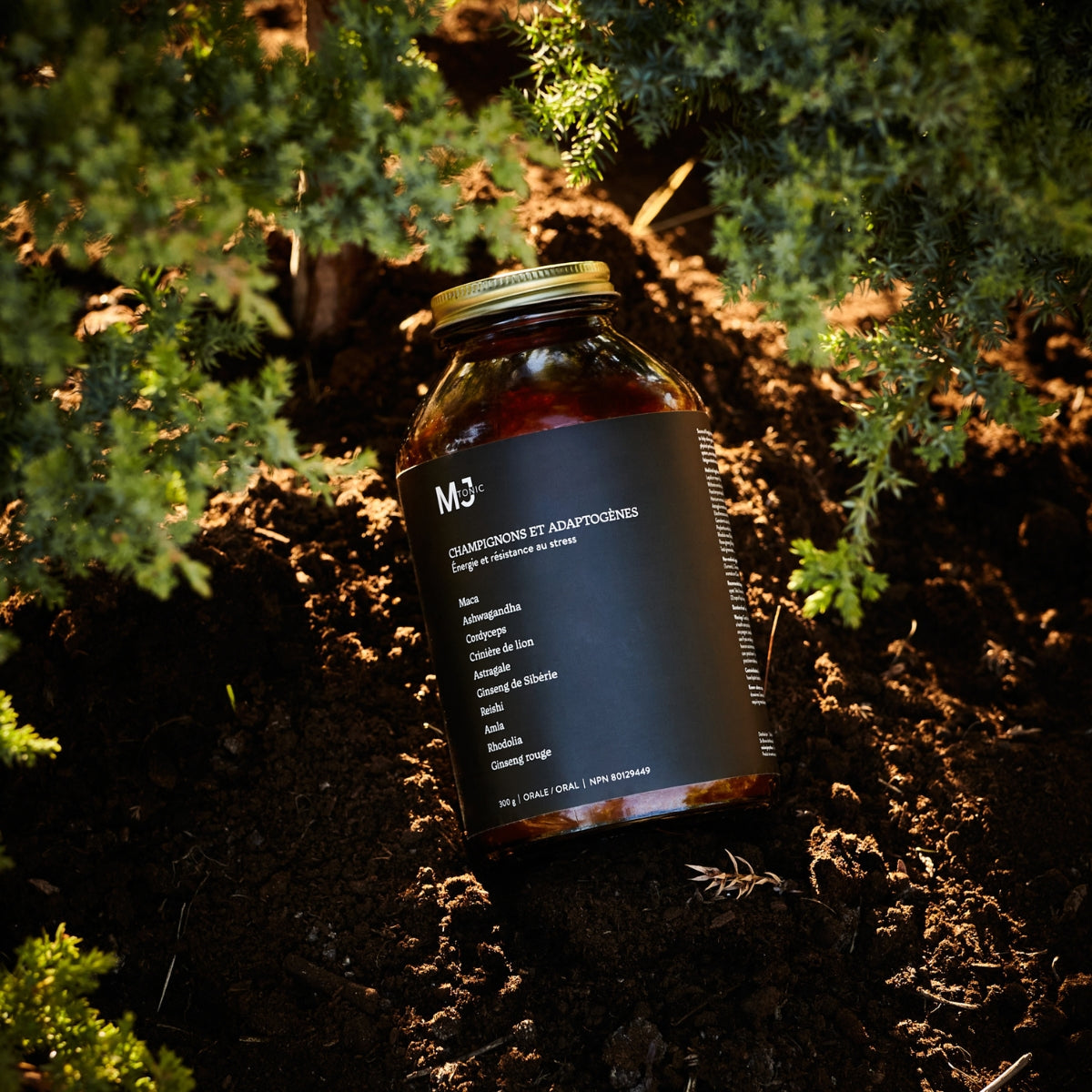

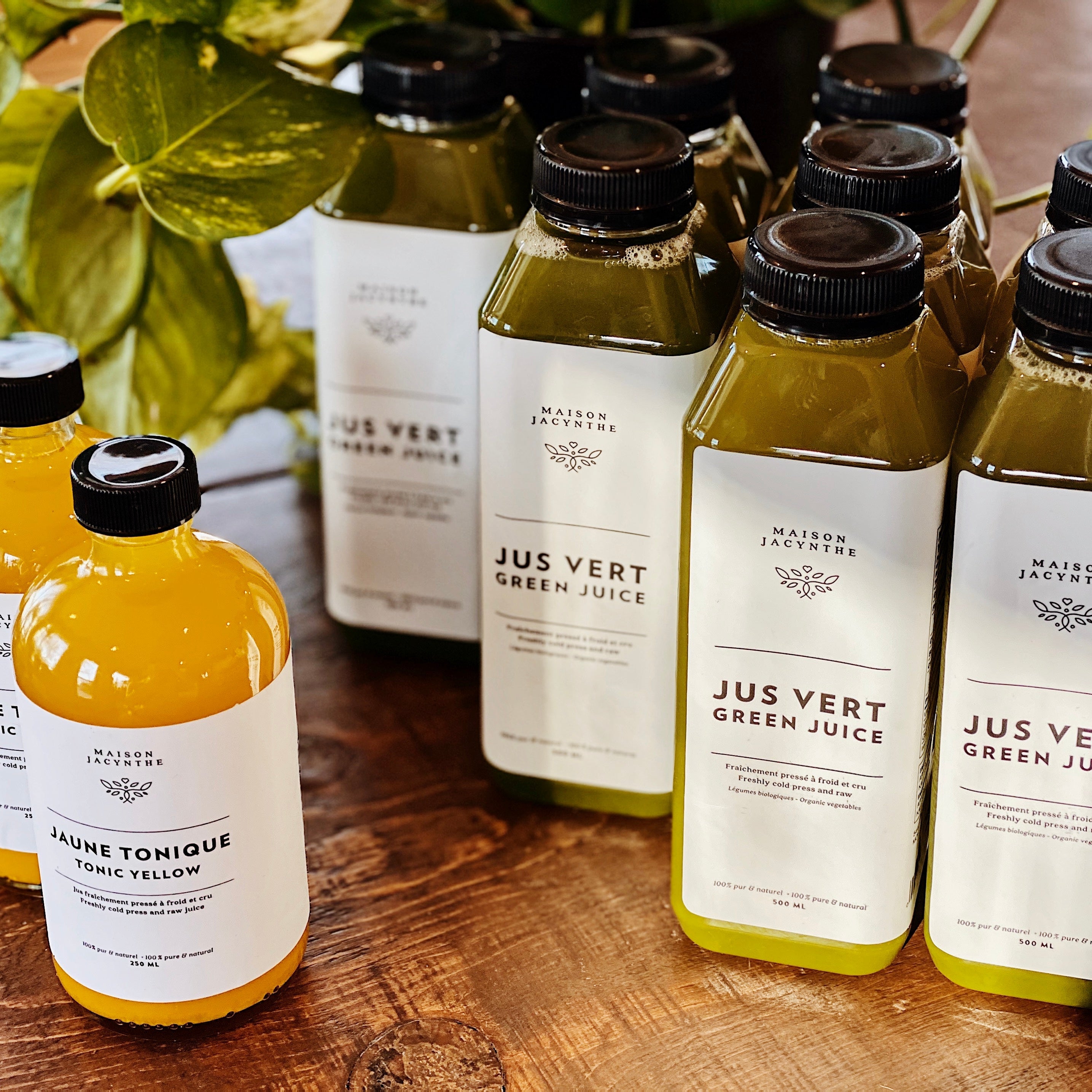


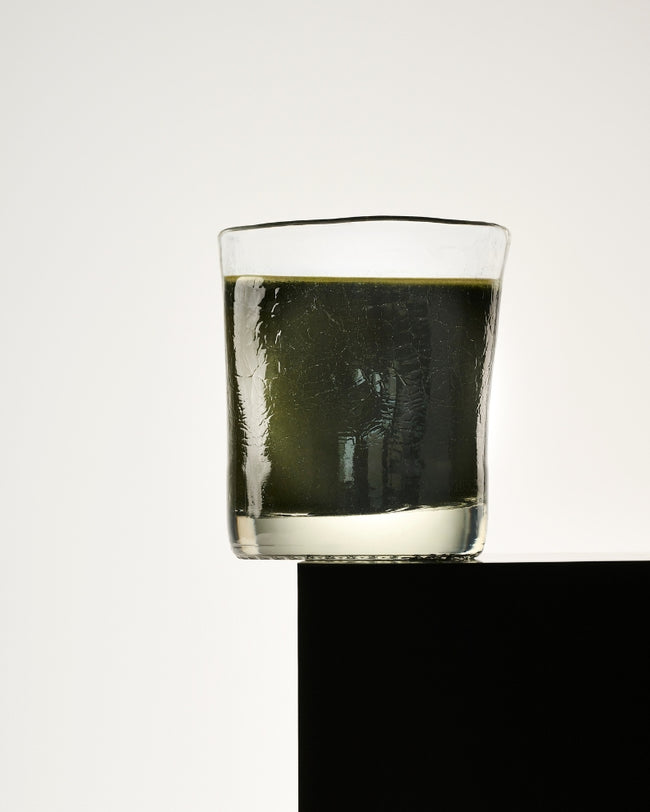
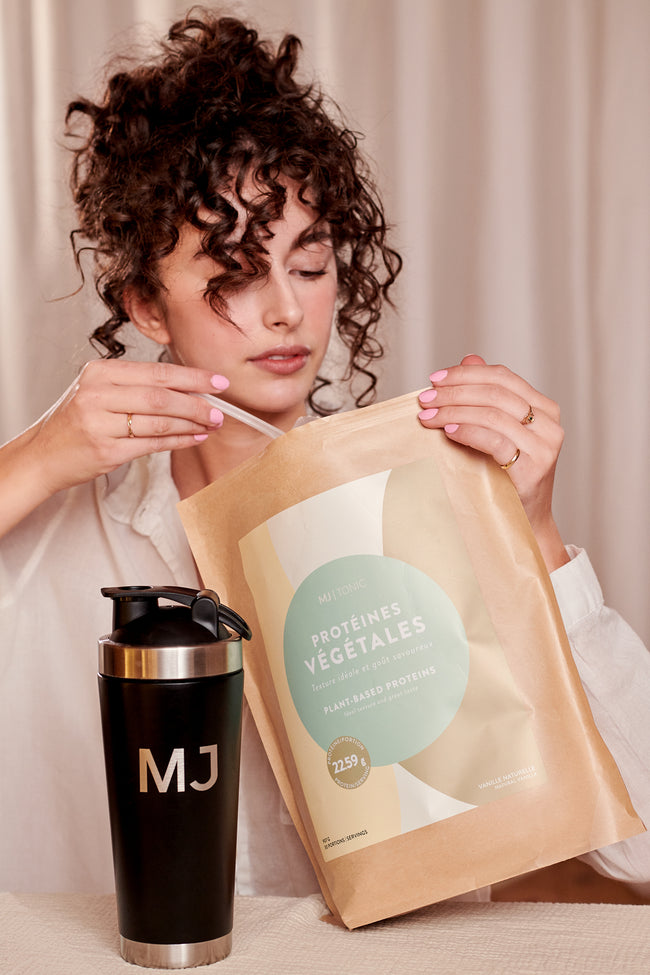


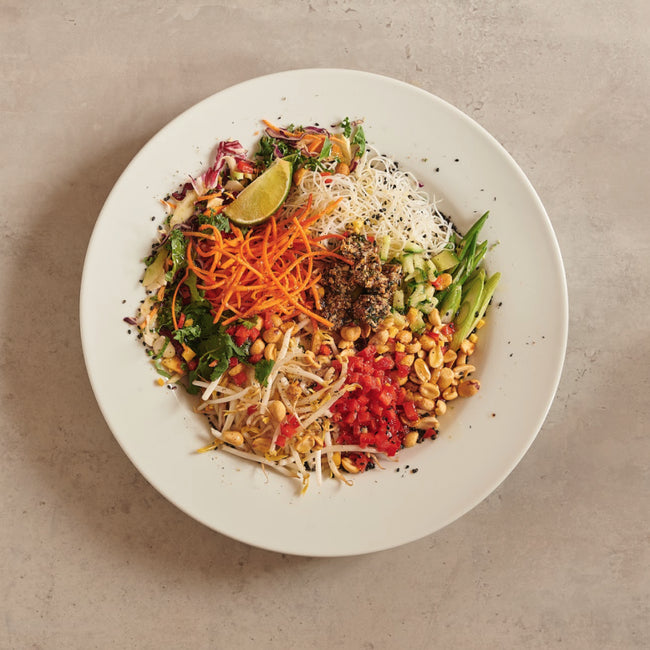
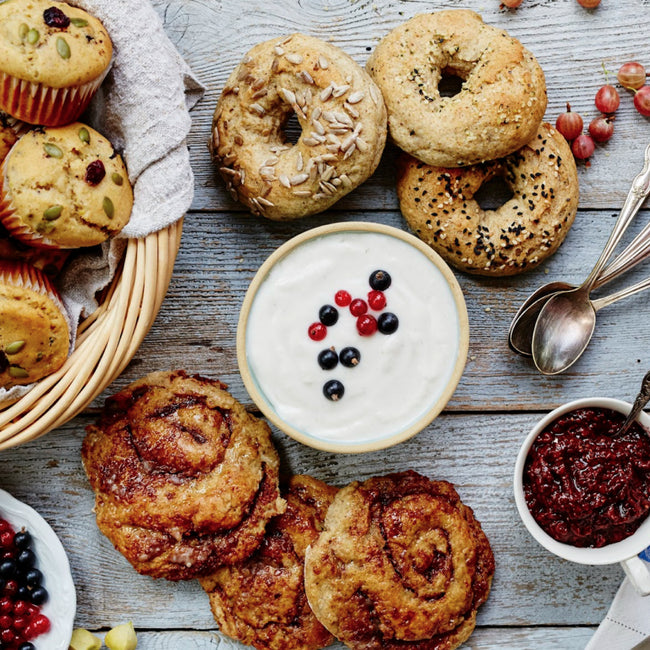
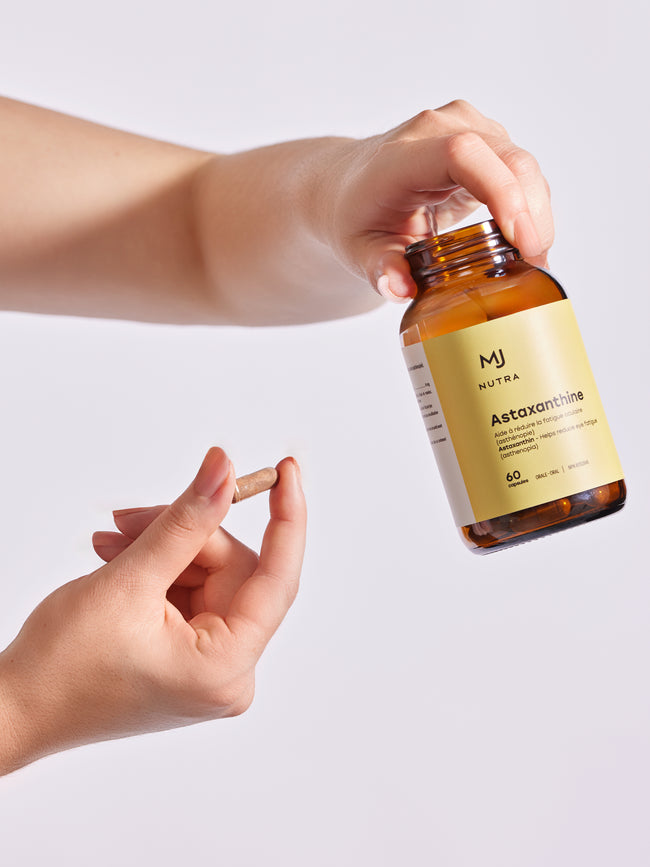











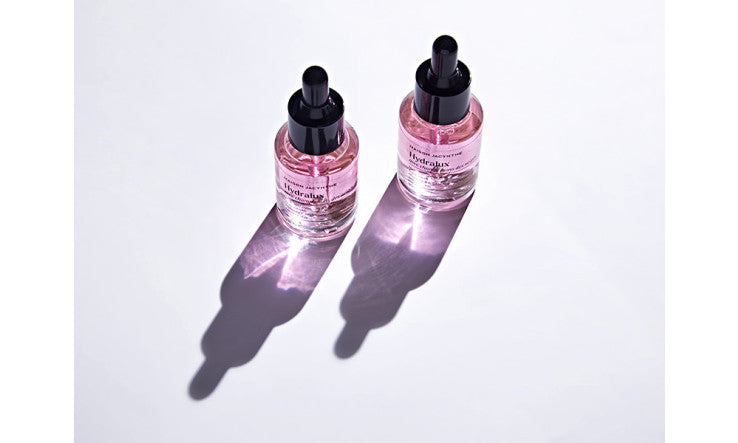






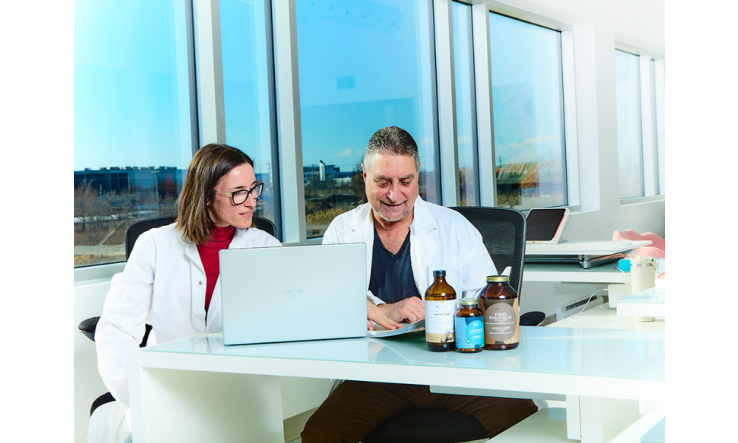




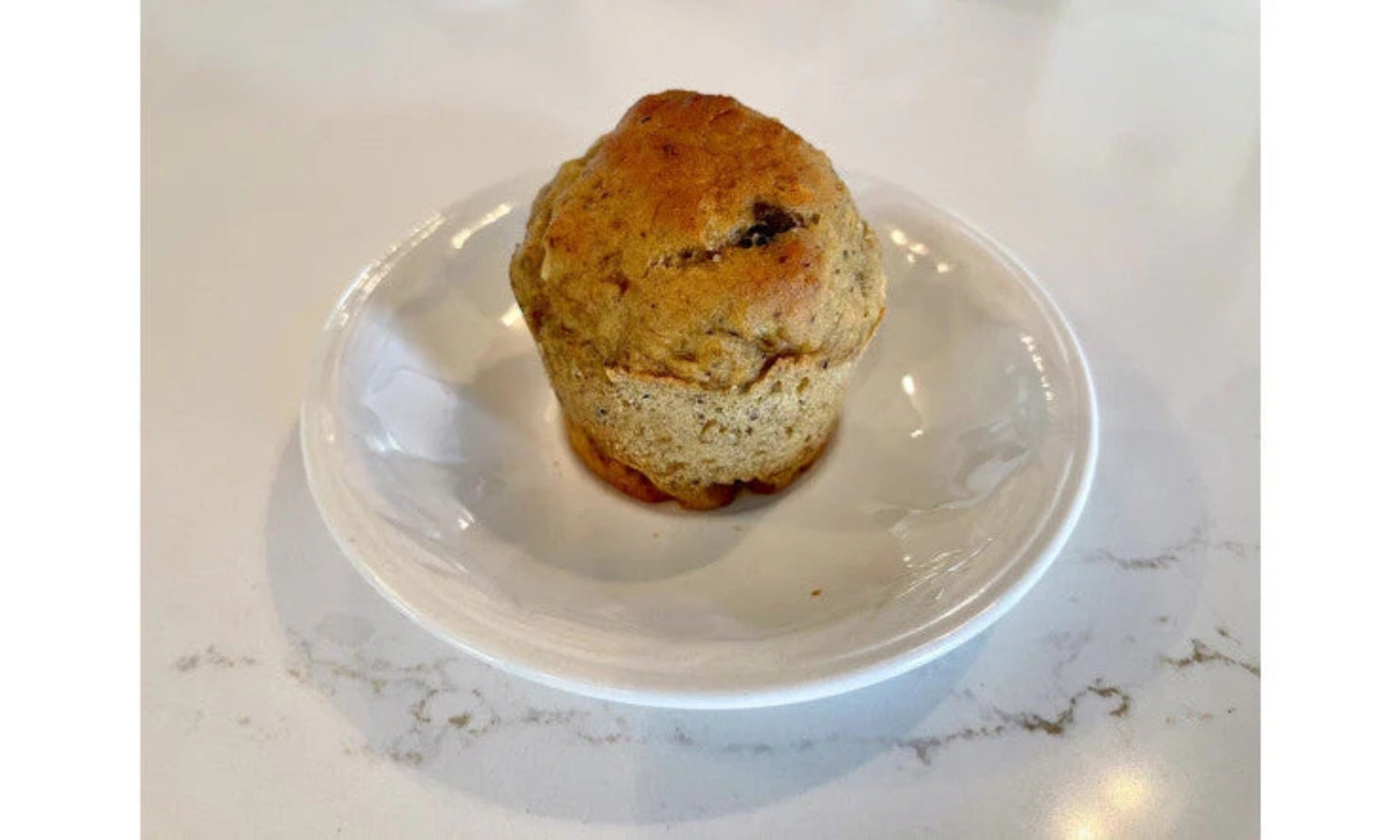

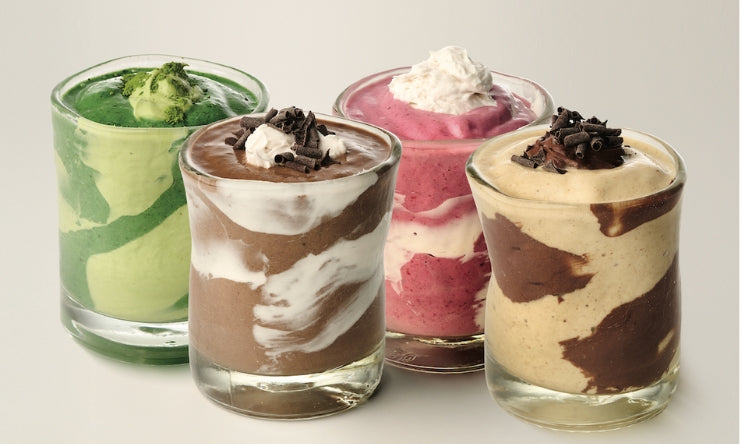




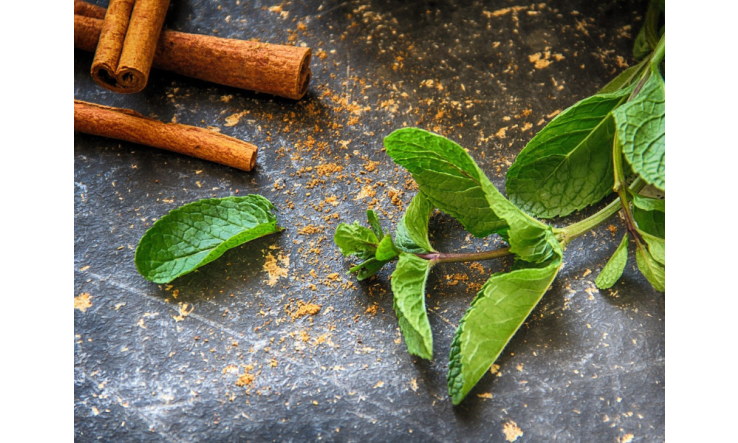
























Leave a comment